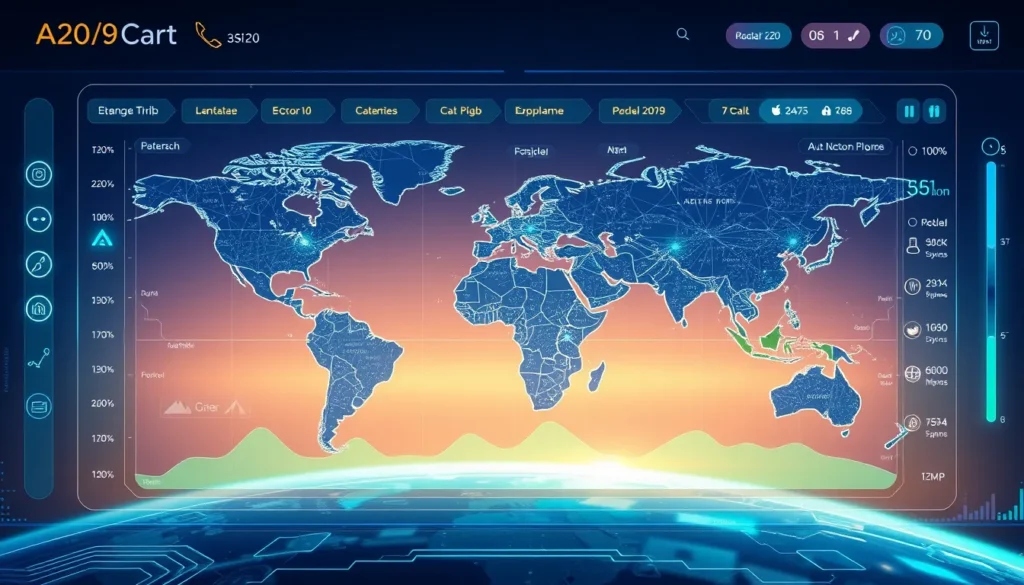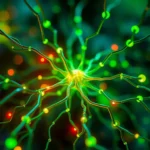Now Reading: Powerful AI in Healthcare Diagnostics: Boosting Patient Care
-
01
Powerful AI in Healthcare Diagnostics: Boosting Patient Care
Powerful AI in Healthcare Diagnostics: Boosting Patient Care

Powerful AI in Healthcare Diagnostics: Boosting Patient Care
Introduction
The rapid evolution of artificial intelligence is transforming various industries, and healthcare is no exception. One of the most exciting advancements is seen in AI in healthcare diagnostics. This innovation not only enhances diagnostic accuracy but also revolutionizes patient care. In this article, we explore how AI in healthcare diagnostics is reshaping the medical landscape, the advancements in AI medical imaging, and the benefits along with challenges accompanying this transformation.
The Rise of AI in Healthcare
As technology continues to evolve, AI in healthcare diagnostics has emerged as a game-changer in medical practices across the globe. Hospitals and clinics now integrate AI systems to analyze medical imaging and patient data, enabling faster and more precise evaluations. This breakthrough is especially pivotal in areas such as cancer detection, neurological assessments, and chronic disease management.
Key Benefits of AI in Healthcare Diagnostics
Medical institutions are leveraging AI in healthcare diagnostics for a plethora of reasons. Here are some notable benefits:
- Enhanced Diagnostic Accuracy: AI algorithms can identify patterns in imaging data that sometimes go unnoticed by human eyes, improving diagnosis rates and reducing errors.
- Accelerated Processing Speed: With automated data analysis, test results are processed faster, leading to quicker treatment decisions.
- Cost Efficiency: Reduced need for repeat tests and faster diagnosis contribute to significant cost savings for both healthcare providers and patients.
- Personalized Patient Care: AI in healthcare diagnostics helps in tailoring treatment plans by accurately analyzing patient histories and medical records.
How AI Improves Diagnostic Accuracy
A detailed look into how AI improves diagnostic accuracy reveals that this technology is pivotal in the early detection of diseases. Advanced algorithms process radiology images, ultrasound scans, and CT scans with pinpoint precision. For instance, AI in healthcare diagnostics often plays a critical role in identifying subtle signs of disease progression that might be missed during routine examinations.
Moreover, the integration of AI medical imaging techniques ensures that the diagnostic process is not only faster but also less invasive. As AI systems continue to learn and adapt, the reliability of these diagnostics is expected to improve further, leading to early disease prevention and better patient outcomes.
Integration with Existing Healthcare Systems
Healthcare providers are increasingly incorporating AI in healthcare diagnostics into their existing IT frameworks. This integration ensures a smooth workflow without disrupting the day-to-day operations of medical facilities. For example, comprehensive Electronic Health Records (EHR) systems are being linked with AI diagnostic tools to streamline information sharing. Hospitals such as Mayo Clinic and Cleveland Clinic have reported significant improvements after adopting these technologies.
AI Disease Prediction and Future Challenges
Another fascinating aspect is the role AI plays in disease prediction. AI in healthcare diagnostics now incorporates predictive analytics, allowing physicians to forecast potential health risks before they become critical. Using historical data and trends, these systems can suggest preventive measures, ultimately reducing hospital admissions.
However, challenges remain. One of the primary concerns is data privacy. With vast amounts of sensitive patient data processed daily, ensuring robust cybersecurity measures is paramount. Additionally, there is a learning curve associated with new technology implementation, which requires continuous training for medical staff.
Practical Applications and Case Studies
The real-world applications of AI in healthcare diagnostics are vast. In one case study, a renowned hospital implemented AI-driven imaging software that led to a 20% increase in early detection of lung cancer. Another example is the use of AI-powered tools in emergency departments, where rapid diagnostic processes have significantly reduced patient waiting times.
Looking Ahead: The Future of AI in Healthcare
The future of AI in healthcare diagnostics looks promising. As technology advances, these systems are expected to become more intuitive and integrated with real-time data analytics. Future innovations may include:
- Real-time patient monitoring systems that continuously update diagnostic data.
- Enhanced interoperability between different healthcare platforms, making diagnostics more cohesive.
- Broader accessibility in remote and underserved regions, making high-quality medical imaging available to all.
Conclusion
In summary, AI in healthcare diagnostics is revolutionizing patient care and medical imaging by providing faster, more accurate, and cost-effective diagnostic solutions. From improving diagnostic accuracy to enabling precise disease prediction, AI is setting new standards in healthcare. As the technology matures, overcoming challenges such as data security and staff training will be crucial. The future is bright for this transformative trend, paving the way for a new era of improved healthcare outcomes.
By embracing these technological advancements, healthcare providers can ensure better patient outcomes, enhance operational efficiency, and remain at the forefront of medical innovation.
For further reading on AI integration in healthcare, consider exploring resources available at the official websites of organizations such as the Mayo Clinic and Cleveland Clinic. Both institutions are leading examples of how AI in healthcare diagnostics is shaping the future of medicine.
With continued investment and innovation, AI in healthcare diagnostics is poised to remain a pivotal force in improving patient care and transforming the landscape of medical diagnostics.

























